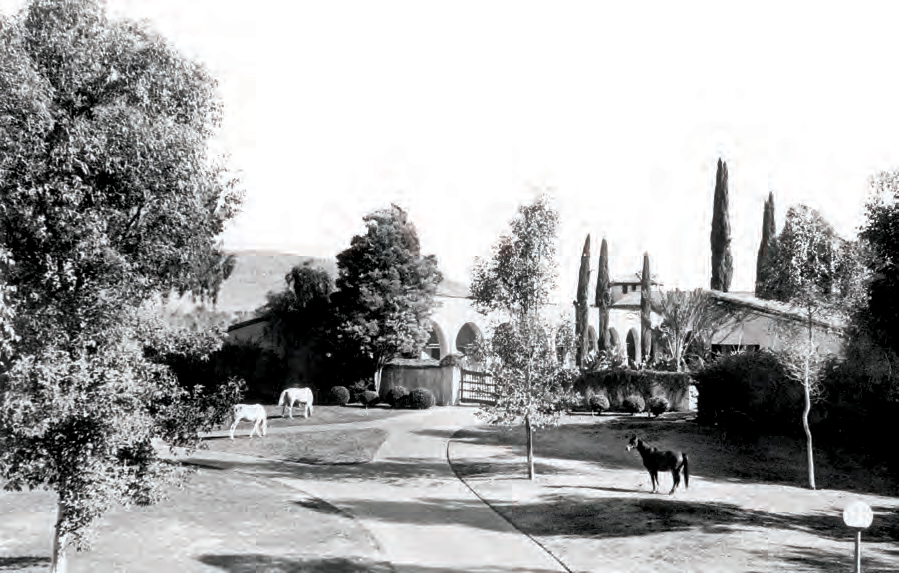That's SoCalPoly
How To: Brew Beer at Innovation Brew Works
One of the most popular beers at Innovation Brew Works is the Dr. Ortiz Orange Belgian Style Witbier, which uses Cal Poly Pomona-grown citrus. The beginnings of the witbier start with brewmaster Eric Bassett calling farm manager Dave Matias for an order of fresh oranges.
Zest oranges from Cal Poly Pomona’s Spadra Farm to add sweetness and aroma to the beer. Add coriander and chamomile to achieve desired aroma, spice and lace to style.
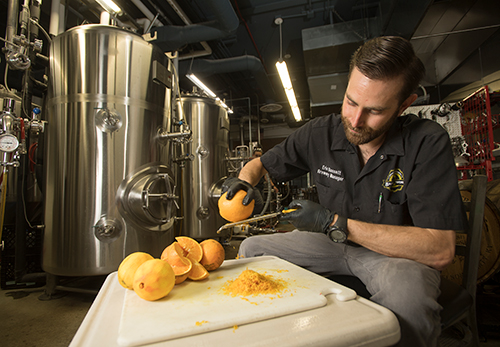
Combine Premium Pilsner, malted barley, wheat, flaked wheat, rolled oats, zest, dried sweet orange peel, coriander seed and Egyptian chamomile. The spent grain is fed to Cal Poly Pomona sheep and cattle.
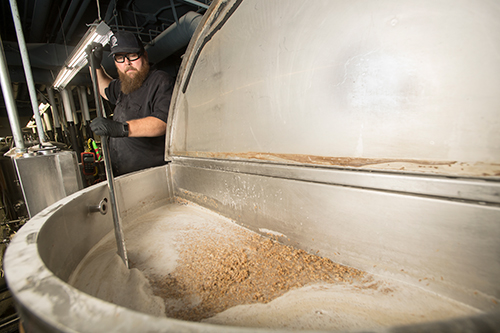
Ferment the brew at 21 degrees Celsius for two days, increase to 23 degrees Celsius for five days and condition at 1 degree Celsius for a week. The higher carbon dioxide levels bring out the witbier’s effervescence and aroma.
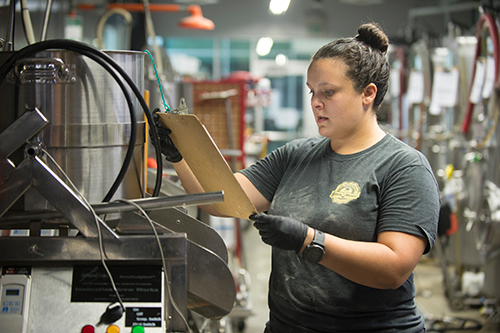
Keg and bottle the beer in the brewery to enjoy at Brew Works and at local restaurants, bars and hotels.
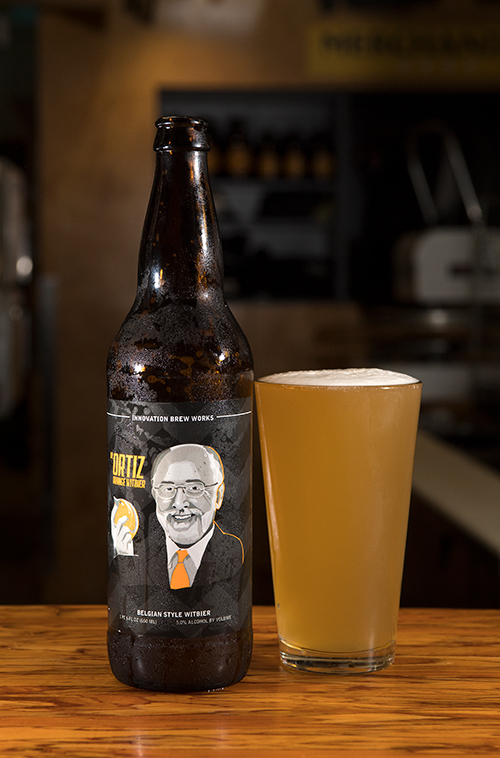
A Brief History: Lyle Center for Regenerative Studies
The idea for the Center for Regenerative Studies grew out of an assignment that Professor John T. Lyle gave his landscape architecture graduate students in 1976. His students imagined a community based on the value of sustainability. Twenty-five years after opening its doors, the Lyle Center serves as a living laboratory dedicated to interdisciplinary teaching and research related to the development of sustainable systems.
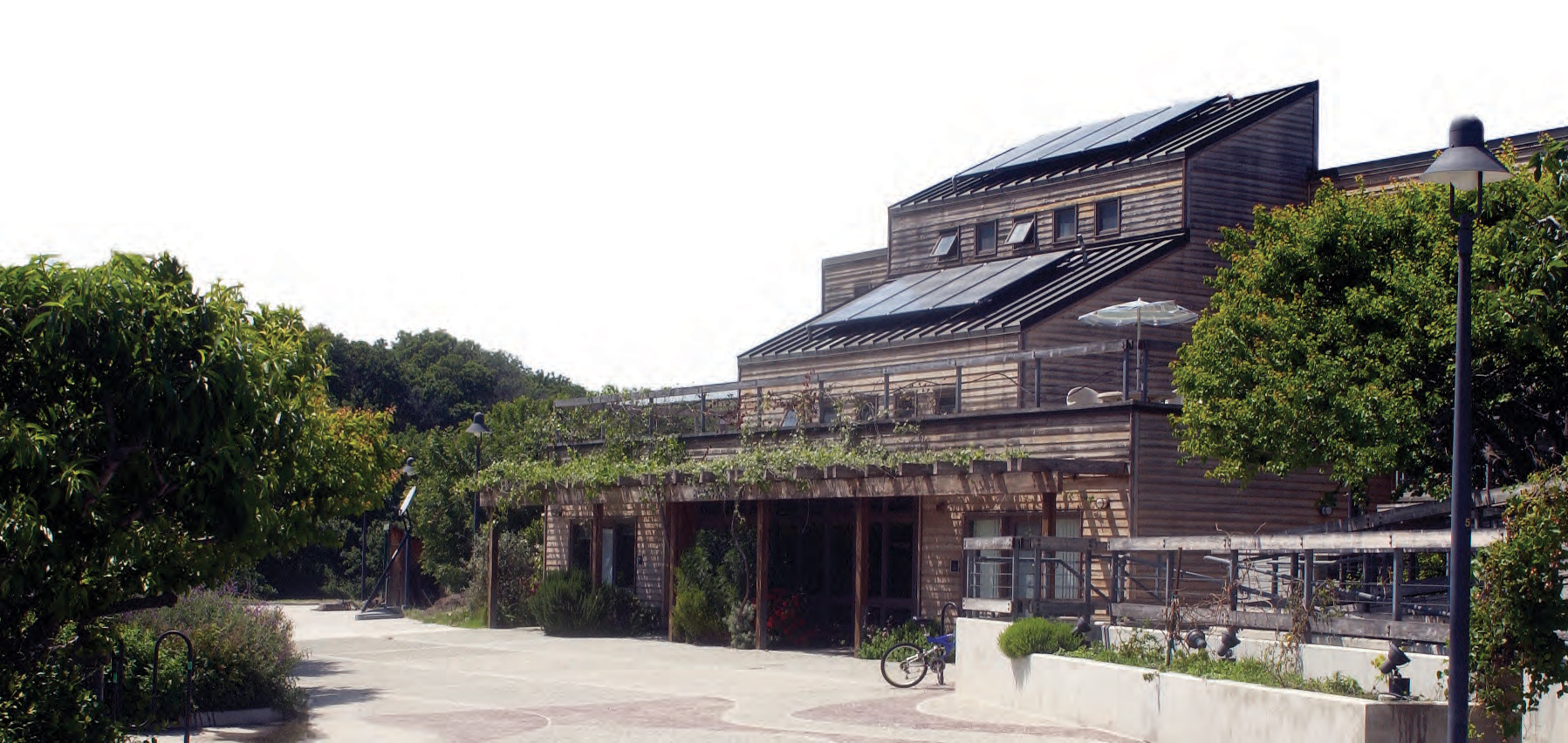
By The Numbers: University Plaza
University Plaza started as a famous Southern California landmark that housed W.K. Kellogg’s prized Arabian horses. Completed in 1926, they were described as “mansion stables” by a Pomona Bulletin writer because of the incorporation of every modern convenience known to keeping horses. While the building now houses the Office of Student Life, its arches, tower and weathervane continue to serve as campus landmarks associated with the Kellogg heritage.
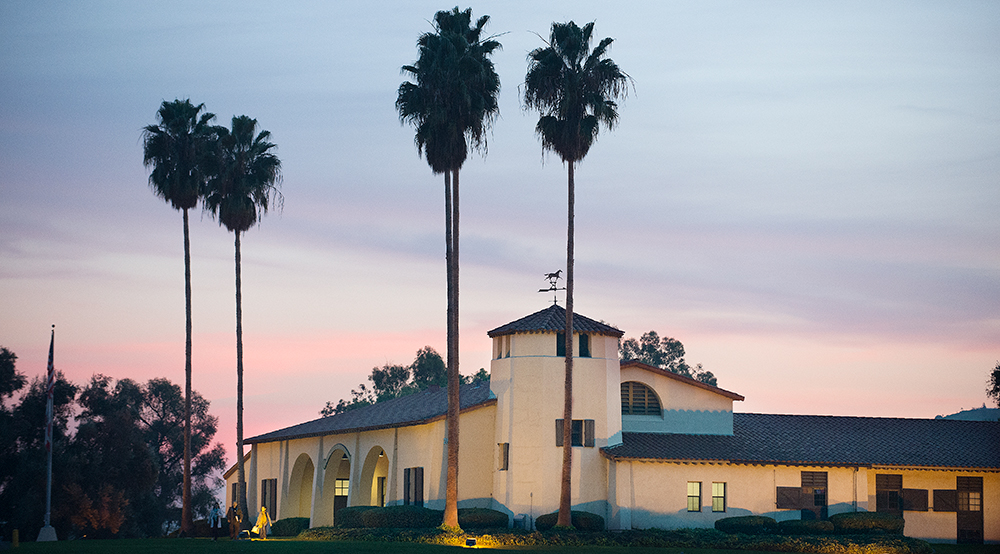
- $80,198: Cost to Build the stables in 1926.
- 30: Box Stalls
- 15: Staff members who work in University Plaza
- 24: Arches
- 60: Arabian Horses purchased by Kellogg before the stables opened
- 2: All-gender bathrooms
